Software and mobile applications are equally as important to conservation technology as the hardware used in the field. Increasingly developed specifically for #tech4wildlife needs, there are mobile apps and software options designed to help with protected area management, wildlife crime reporting, and anti-poaching patrol planning, data analysis, community science, data visualization and GIS mapping, outreach and engagement, and even conservation storytelling.
Likewise, mobile games have opened up new avenues for engaging the public in conservation efforts, allowing for immersive storytelling and interactive experiences. By combining cutting-edge technology and important conservation information with a media form already familiar to the public, conservationists are finding exciting ways to make audiences feel personally invested in critical species and habitats.
Whether you're looking for software and mobile app developers to help you with your own conservation tech needs, you have questions about development, you're looking for resources, or you'd like to share your own app, software, or gaming tools, this is the group for you!
Header photo: Trevor Hebert
- @tutgut5
- | she/her
- 0 Resources
- 5 Discussions
- 8 Groups
Michigan Natural Features Inventory (MNFI)
Wildlife ecologist
- 0 Resources
- 1 Discussions
- 6 Groups
Researcher at Forest Research Institute Baden-Wuerttemberg, Passive acoustic monitoring of woodcock
- 0 Resources
- 0 Discussions
- 5 Groups


- 0 Resources
- 18 Discussions
- 18 Groups
Petnerup
Animal tech startup founder
- 0 Resources
- 2 Discussions
- 9 Groups
- 0 Resources
- 0 Discussions
- 5 Groups
Wildlife conservation enthusiast, looking to gain more experience & knowledge
- 0 Resources
- 0 Discussions
- 4 Groups
- @bluevalhalla
- | he/him
BearID Project & Arm
Developing AI and IoT for wildlife



- 0 Resources
- 23 Discussions
- 6 Groups
- @Mauricio_Akmentins
- | he/him
National Scientific and Technical Research Council of Argentina (CONICET)
Herpetologist and conservationist, focused on the conservation of the endemic and threatened amphibian species of NW Argentina.
- 0 Resources
- 3 Discussions
- 6 Groups
- @Cris
- | he / him
Octophin Digital
Senior Developer at Octophin Digital and constant maker.

- 0 Resources
- 5 Discussions
- 5 Groups
Director of Icoteq Ltd, an electronics and software design consultancy developing wireless products and solutions to organisations working in the conservation, wildlife monitoring and anti-poaching sectors. Developers of the TagRanger® novel wildlife tracking products.



- 1 Resources
- 8 Discussions
- 7 Groups
- @capreolus
- | he/him
Capreolus e.U.
wildlife biologist with capreolus.at



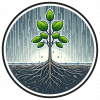

- 1 Resources
- 65 Discussions
- 16 Groups
In a recent publication we tested Underwater Passive Acoustic Monitoring (UPAM) as a feasible non-invasive technique to study the calling behavior of therathened aquatic Andean frogs under natural conditions in the...
6 April 2024
Article
visualization, annotation, and analysis of GPS and tag sensor data - a tour of the latest version
20 March 2024
Emerging trends for Nature-Based Solutions project assessments
8 March 2024
more affordable pricing for our software for the visualization and annotation of GPS and acceleration data
4 March 2024
Join us to help prevent biodiversity loss! Understory is hiring a postdoc to lead R&D Development on generalizing Computer Vision models for vegetation identification across space/time/phenotypes.
29 February 2024
Careers
The SMART Partnership is hiring a Program Director to oversee all aspects of the partnership's operations
21 February 2024
How Earth Blox reduced biodiversity impact analysis from 2 months to 1 hour for a global bank.
20 February 2024
The Wildlife Restoration Foundation is hiring a Conservation Technology Intern
8 February 2024
Two years in Cape Town, South Africa. Yearly visits to Rwanda. If you love to code, and all things Python/deep learning/tech stuff/ then you'll have an awesome time!
16 January 2024
Using geospatial data and the TNFD L.E.A.P approach to assess nature-related risks, impacts and opportunities in supply chains.
4 January 2024
SEE Shell is an innovative phone app that uses machine learning to identify products made from the shell of the critically endangered hawksbill sea turtle.
14 December 2023
TagRanger® is a state-of-the-art wildlife finding, monitoring and tracking solution for research, conservation and environmental professionals. With superior configurability for logging data, reporting location and...
23 November 2023
April 2024
July 2024
event
October 2024
February 2024
December 2023
| Description | Activity | Replies | Groups | Updated |
|---|---|---|---|---|
| Hi Robin this is a great idea! Have been thinking about approaching the community for quiz questions. Will reach out to Xavier to ask if we can use it or if he wishes to run it on... |
|
Camera Traps, Data management and processing tools, Software and Mobile Apps | 10 hours 57 minutes ago | |
| Got it. We should definitely be able to handle those images. That said, if you're just looking for counts, then I'd recommend running Megadetector which is an object detection... |
|
AI for Conservation, Camera Traps, Open Source Solutions, Software and Mobile Apps | 1 day 21 hours ago | |
| This is so cool @Mauricio_Akmentins - congrats and look forward to seeing your project evolve! |
|
Acoustics, Biologging, Climate Change, Conservation Tech Training and Education, Data management and processing tools, Emerging Tech, Open Source Solutions, Protected Area Management Tools, Sensors, Software and Mobile Apps | 1 week 5 days ago | |
| EcoAssist is an application designed to streamline the work of ecologists dealing with camera trap images. It’s an AI platform that... |
|
Software and Mobile Apps, AI for Conservation, Camera Traps | 2 weeks 2 days ago | |
| Thank you Carly, I will definitely take a look. |
|
Acoustics, Biologging, Climate Change, Conservation Tech Training and Education, Data management and processing tools, Remote Sensing & GIS, Software and Mobile Apps | 4 weeks 1 day ago | |
| Hello Friends,Its amazing to see the growing number of organisations working in biodiversity conservation.Biodiversity stories can have a... |
|
Data management and processing tools, Software and Mobile Apps | 1 month ago | |
| We will be conducting in-person demos of our cutting-edge drone technology in the US this year! 🇺🇸 If you're interested in experiencing... |
|
Biologging, Drones, Remote Sensing & GIS, Software and Mobile Apps | 2 months 1 week ago | |
| Hi Danilo. you seem very passionate about this initiative which is a good start.It is an interesting coincidence that I am starting another project for the coral reefs in the... |
|
Acoustics, AI for Conservation, Biologging, Camera Traps, Citizen Science, Climate Change, Community Base, Connectivity, Drones, Emerging Tech, Human-Wildlife Conflict, Open Source Solutions, Sensors, Software and Mobile Apps, Wildlife Crime | 2 months 2 weeks ago | |
| Hi!I would take a look at Although developed for camera trap imagery, it is by no means restricted to such.Cheers,Lars |
|
Camera Traps, Community Base, Data management and processing tools, Drones, Emerging Tech, Remote Sensing & GIS, Software and Mobile Apps | 2 months 3 weeks ago | |
| I'm also here for this. This is my first comment... I've been lurking for a while.I have 20 years of professional knowledge in design, with the bulk of that being software design... |
|
AI for Conservation, Camera Traps, Data management and processing tools, Software and Mobile Apps | 3 months ago | |
| Trying to make sense of this brick product, the link provided is a bit vague. The front page talks about SIP trunking, so that implies it's all about telephone connectivity. And... |
|
Software and Mobile Apps | 3 months 1 week ago | |
| Hi folks! Happy 2024 and thanks in advance for your patience in case I over-used tags. If you’re using any form of natural language... |
|
AI for Conservation, Citizen Science, Climate Change, Conservation Tech Training and Education, Data management and processing tools, Early Career, East Africa Community, Emerging Tech, Ending Wildlife Trafficking Online, Ethics of Conservation Tech, Human-Wildlife Conflict, Open Source Solutions, Software and Mobile Apps, Wildlife Crime, Women in Conservation Tech Programme (WiCT) | 3 months 1 week ago |
Automatic extraction of temperature/moon phase from camera trap video
29 November 2023 1:15pm
1 December 2023 2:38pm
Do you need to do this for just one project? And do you use the same camera make/model for every deployment? Or at least a finite number of camera makes/models? If the number of camera makes/models you need to worry about is finite, even if it's large, I wouldn't try to solve this for the general case, I would just hard-code the pixel ranges where the temperature/moon information appears in each camera model, so you can crop out the relevant pixels without any fancy processing. From there it won't be trivial, exactly, but you won't need AI.
You may need separate pixel ranges for night/day images for each camera; I've seen cameras that capture video with different aspect ratios at night/day (or, more specifically, different aspect ratios for with-flash and no-flash images). If you need to determine whether an image is grayscale/color (i.e., flash/no-flash), I have a simple heuristic function for this that works pretty well.
Assuming you can manually define the relevant pixel ranges, which should just take a few minutes if it's less than a few dozen camera models, I would extract the first frame of each video to an image, then crop out the temperature/moon pixels.
Once you've cropped out the temperature/moon information, for the temperature, I would recommend using PyTesseract (an OCR library) to read the characters. For the moon information... I would either have a small library of images for all the possible moon phases for each model, and match new images against those, or maybe - depending on the exact style they use - you could just, e.g., count the total number of white/dark pixels in that cropped moon image, and have a table that maps "percentage of white pixels" to a moon phase. For all the cameras I've seen with a moon phase icon, this would work fine, and would be less work than a template matching approach.
FYI I recently wrote a function to do datetime extraction from camera trap images (it would work for video frames too), but there I was trying to handle the general case where I couldn't hard-code a pixel range. That task was both easier and harder than what you're doing here: harder because I was trying to make it work for future, unknown cameras, but easier because datetimes are relatively predictable strings, so you know when you find one, compared to, e.g., moon phase icons.
In fact maybe - as others have suggested - extracting the moon phase from pixels is unnecessary if you can extract datetimes (either from pixels or from metadata, if your metadata is reliable).
5 December 2023 10:09pm
camtrapR has a function that does what you want. i have not used it myself but it seems straightforward to use and it can run across directories of images:
https://jniedballa.github.io/camtrapR/reference/OCRdataFields.html
Data integration platforms
28 March 2019 9:27am
20 November 2023 8:19pm
Hey Chris - you haven't missed Variety Hour! It's this week!
1 December 2023 8:56pm
Argos has an API
Iridium data either arrives via email/server IP
Globalstar (unknown)
If you'd like the web services document for Argos, shoot me an email (tgray at woodsholegroup - dotcom).
1 December 2023 8:56pm
(duplicate)
ICOTEQ launch TAGRANGER® system of products
23 November 2023 1:25pm
Firetail - Black Friday
Software Engineer at Rainforest Connection & Arbimon
14 November 2023 12:30am
Insight; a secure online platform designed for sharing experiences of conservation tool use.
7 November 2023 1:01pm
A secure platform designed for those working to monitor & protect natural resources. Insight facilitates sharing experience, knowledge & tools to increase efficiency & effectiveness in conservation. By sharing we reduce time & money spent to find, test, & implement solutions.
TWS2023 - get in touch
5 November 2023 8:13pm
5 November 2023 9:04pm
I'm registered with the TWS2023 app, so feel free to nudge me there as well
Payment for ecosystem services - mobile money case study?
27 October 2023 2:59pm
30 October 2023 10:23am
Huge thank you Carly!
3 November 2023 12:36pm
The folks at AB Entheos in Nairobi are also looking at wild life damage insurance https://ab-entheos.co.ke/
5 November 2023 4:09pm
Thanks Arky!
DeepFaune: a software for AI-based identification of mammals in camera-trap pictures and videos
14 July 2023 3:14pm
24 October 2023 8:46pm
Hello to all, new to this group. This is very exciting technology. can it work for ID of individual animals? we are interested in Ai for identifying individual jaguars (spots) and andean Bears (face characteristics). Any recommendation? contact? thanks!
German
25 October 2023 8:57am
That's a very interesting question and use case (I'm not from deepfaune). I'm playing with this at the moment and intend to integrate it into my other security software that can capture and send video alerts. I should have this working within a few weeks I think.
The structure of that software is that it is two stage, the first stage identifies that there is an animal and it's bounding box and then there's a classification stage. I intend to merge the two stages so that it behaves like a yolo model so that the output is bounding boxes as well as what type of animal it is.
However, my security software can cascade models. So if you were able to train a single stage classifier that identifies your particular bears, then you could cascade all of these models in my software to generate an alert with a video saying which bear it was.
4 November 2023 4:51am
Hi @GermanFore ,
I work with the BearID Project on individual identification of brown bears from faces. More recently we worked on face detection across all bear species and ran some tests with identifying Andean bears. You can find details in the paper I linked below. We plan to do more work with Andean bears in 2024.
I would love to connect with you. I'll send you a message with my email address.
Regards,
Ed
Restoring the Mara Elephant Population Using Coexistence Tech Solutions with Mara Elephant Project's Wilson Sairowua
 Wilson Sairowua
Wilson Sairowua
20 October 2023 1:31pm
Biodiversity Intactness dataset now available on the Earth Engine community catalog
16 October 2023 1:21pm
Mozilla Foundation, funding for nature conservation
4 October 2023 6:30pm
Co-Founder & CTO (Chief Technology Officer)
4 October 2023 4:00pm
Software for recording field data?
6 September 2023 3:01pm
22 September 2023 11:08am
Have a look at kobocollect, very easy to use and reliable, can collect data and then send them to the cloud when you have internet.
Other solution:
QField - Efficient field work built for QGIS
SMART Conservation Software - Spatial Monitoring and Reporting Tool (smartconservationtools.org)
EarthRanger: Protecting Wildlife With Real-Time Data
22 September 2023 4:05pm
I second Kobo/CyberTracker for tracks, but if you have money for an ArcGIS Online license, Survey123 is great (offline use - but can't record tracks)
22 September 2023 6:11pm
We use Kobo as well - it is amazing!!!
Gundi: The Universal Adaptor for Conservation Technologies
13 September 2023 4:28pm
Looking for Opportunities to Shadow Field Technologists in Southeast Asia
13 September 2023 4:11am
CIEEM 2023 Autumn Conference: Modernising Ecology: Techniques and Approaches
5 September 2023 1:59pm
Intro to Systematic Conservation Planning with Marxan
5 September 2023 1:18pm
How to report on biodiversity impacts at scale for TNFD
24 August 2023 12:41pm
Conservation Systems Developer
24 August 2023 11:13am
Mobile App. Developer / Gibbon Research
24 August 2023 9:59am
MoveApps: A Digital Home for Tracking Data Analysis
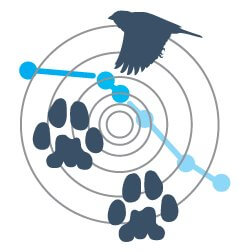 MoveApps
MoveApps
17 August 2023 7:47pm
Firetail 11 - GPS and sensor analysis
18 July 2023 5:04pm
11 August 2023 12:15am
Hi Tobias!
This sounds great and I am looking forward to trying it out after returning from field work!
Very cool with the Vectronic Activity data! I am looking forward to check How we can use that!
Cheers,
Lars
Firetail 11 released - for GPS and sensor analysis
10 August 2023 7:02pm
I wrote a short article on new features in Firetail 11. The most recent version (11.0.3) features some great performance improvements and also fully enables the new reporting module.
see also: https://wildlabs.net/discussion/firetail-11-gps-and-sensor-analysis
How are the Arts intersecting with Conservation Technology in a rapidly changing world?
2 June 2023 10:30am
1 August 2023 8:27am
How much can we trust climate/environment apps? Loughborough University Project.
26 July 2023 1:22pm





















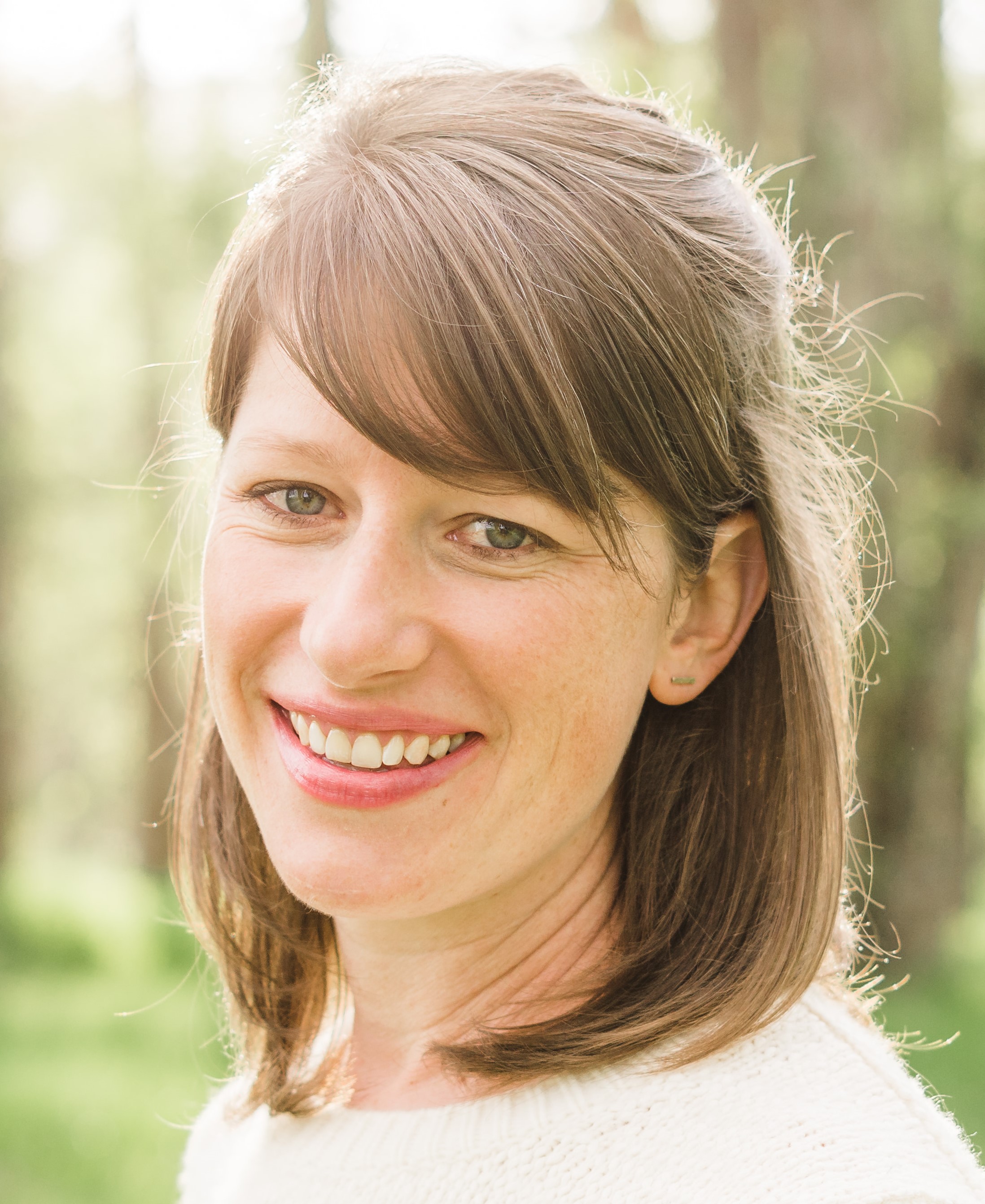















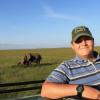


















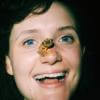
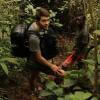






1 December 2023 2:35pm
Hi Lucy
As others have mentioned, camera trap temperature readouts are inaccurate, and you have the additional problem that the camera's temperature can rise 10C if the sun shines on it.
I would also agree with the suggestion of getting the moon phase data off the internet.